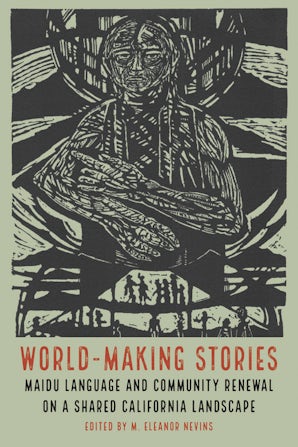List of Illustrations
Introduction
Part 1: Community Renewal
Chapter 1. “This is Where We Belong”: Maidu Voices on a Shared California Landscape
Chapter 2. Placing Communities, Languages and Stories on a Maidu Landscape
Chapter 3. Wéjenim Bíspadà: A brief history of Maidu language keepers, and other thoughts on language revitalization, by Kenneth Holbrook
Part 2: Creation Narratives of Hánc’ibyjim / Tom Young
Chapter 4. Púktim / Creation
Chapter 5. Hompajtotokymc’om / The Adversaries
Chapter 6. Hybykym Masy Wonom/Love and Death
Chapter 7. K’ódojapem Bom / Worldmaker’s Trail
Part 3: Pronunciation and Lessons
Chapter 8. How to Pronounce Maidu, by William Shipley
Chapter 9. Reading the Maidu Language: Nine Beginning Lessons, by William Shipley
Names Index
Bibliography
General Index
